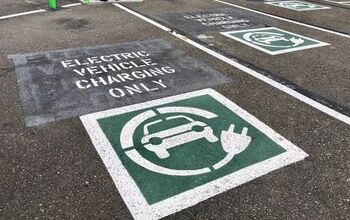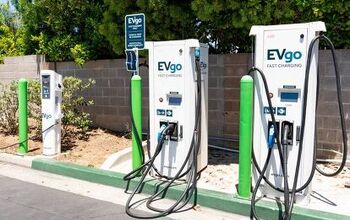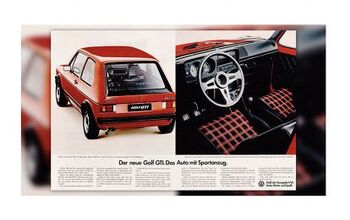Singapore Researchers Invent New Anode For Faster Battery Charging, Increased Longevity
One of the main roadblocks to wide adoption of EVs is how quickly the battery can be fully charged. While Tesla’s Supercharger could put a Model S P85D back on the road in 30 minutes to an hour, a Dodge Charger Hellcat can pull up to and away from the pump in three minutes, barring a run inside the 7-Eleven for a cup of coffee and a couple of donuts.
That roadblock may come down sooner than later, thanks to researchers at Singapore’s Nanyang Technology University.
The university recently unveiled a new battery that could be recharged to 70 percent capacity within two minutes, and boasts a lifespan of 20 years over the two to three years of life found in current lithium-ion batteries.
The secret? Replacing the graphite anode in those batteries with a nanogel composed of titanium oxide, a chemical commonly found in soil, sunscreen and food. Invented by Professor Chen Xiaodong at the university’s School of Materials Science and Engineering, the gel will be taken to the next level with a proof-of-concept grant to help fund a large-scale prototype.
Meanwhile, at least one company has already purchased a license to develop the titanium oxide battery for production down the road. Chen himself believes his invention will enter the marketplace within the next two years, knocking down more than just the long-charging barrier in so doing:
Electric cars will be able to increase their range dramatically, with just five minutes of charging, which is on par with the time needed to pump petrol for current cars.
Equally important, we can now drastically cut down the toxic waste generated by disposed batteries, since our batteries last ten times longer than the current generation of lithium-ion batteries.
Ease of manufacturing and lower replacement costs may further widespread adoption within the industry, in turn increasing adoption rates for whatever EVs come down the line in the future; the nanogel — a mixture of titanium oxide and sodium hydroxide — is stirred together at a given temperature for easier integration into current production systems.
Seattle-based writer, blogger, and photographer for many a publication. Born in Louisville. Raised in Kansas. Where I lay my head is home.
More by Cameron Aubernon
Latest Car Reviews
Read moreLatest Product Reviews
Read moreRecent Comments
- Lorenzo This car would have sold better if there was a kit to put fiberglass toast slices on the roof.
- Lorenzo The Malibu is close to what the 1955 Bel Air was, but 6 inches shorter in height, and 3 inches shorter in wheelbase, the former making it much more difficult to get into or out of. Grandma has to sit in front (groan) and she'll still have trouble getting in and out.The '55s had long options lists, but didn't include a 91 cubic inch four with a turbo, or a continuously variable transmission. Metal and decent fabric were replaced by cheap plastic too. The 1955 price was $1765 base, or $20,600 adjusted for inflation, but could be optioned up to $3,000 +/-, or $36,000, so in the same ballpark.The fuel economy, handling, and reliability are improved, but that's about it. Other than the fact that it means one fewer sedan available, there's no reason to be sorry it's being discontinued. Put the 1955 body on it and it'll sell like hotcakes, though.
- Calrson Fan We are already seeing multiple manufacturers steering away from EVs to Hybrids & PHEVs. Suspect the market will follow. Battery tech isn't anywhere close to where it needs to be for EV's to replace ICE's. Neither is the electrical grid or charging infrastructure. PHEV's still have the drawback that if you can't charge at home your not a potential customer. I've heard stories of people with Volts that never charge them but that's a unique kind of stupidity. If you can't or don't want to charge your PHEV then just get a hybrid.
- AZFelix The last time I missed the Malibu was when one swerved into my lane and I had to brake hard to avoid a collision. 1 out of 5⭐️. Do not recommend.
- 2ACL I won't miss it; it was decent at launch, but in addition to the bad packaging, GM did little to keep it relevant in the segment. I'd prefer that another domestic automaker doesn't just give up on the mainstream sedan, but unlike some of Ford's swan songs, the Malibu made an indifferent case for why they should live.


































Comments
Join the conversation
If it sounds too good to be true, it probably is. This would revolutionize not only personal transportation, but geopolitics. If there were anything in this story, the major media, the NYT, The WaPo, NPR, and various other outlets that have competent science writing staffs would have been all over it.
They tell us it's gonna take two minutes to charge the thing, but what's really gonna happen is you're gonna pay for $20 worth of charge and then when it gets to $19.50 it's gonna tick away at one watt per second for an extra two minutes while you pull your hair out.